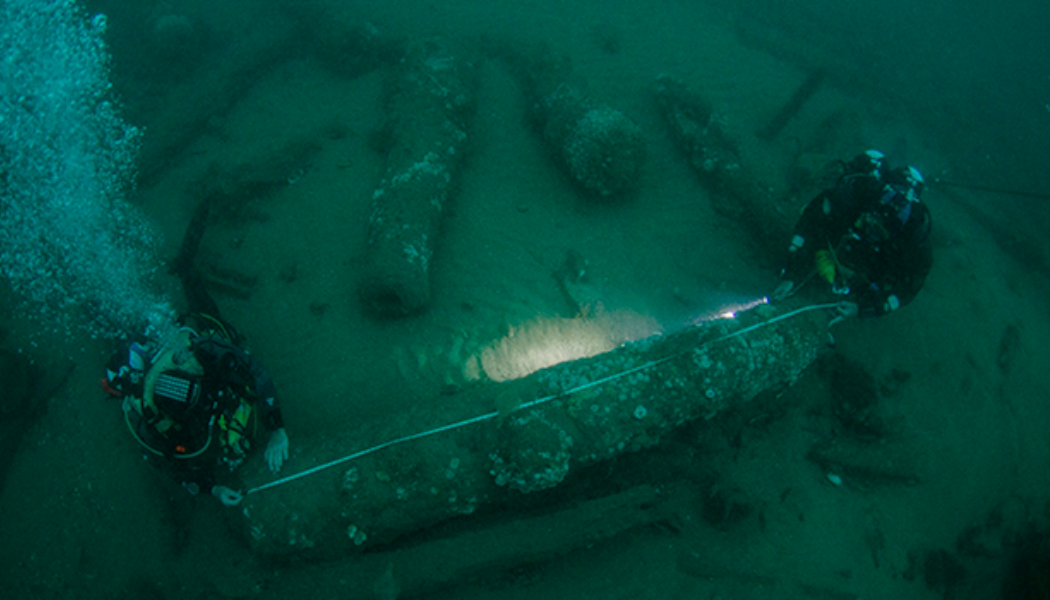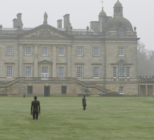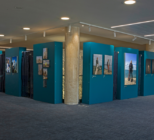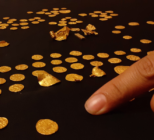A major exhibition is planned at Norwich Castle Museum & Art Gallery following the significant discovery of a 17th Century shipwreck which sank while carrying the future King James II and VII.
The wreck of ‘The Gloucester’ was discovered by two divers in 2007 after a four-year search, its whereabouts off the Norfolk coast previously unknown. Its existence has been kept a secret until now for fear of the wreck’s safety.

Due to the age and prestige of the ship, the condition of the wreck, the finds already rescued, and the accident’s political context, the discovery is described by maritime history expert Prof Claire Jowitt, of the University of East Anglia (UEA), as the most important maritime discovery since the Mary Rose.
The resulting exhibition, planned for Spring 2023, is a partnership between the Barnwell brothers who first found the wreck, Norfolk Museums Service, and academic partner UEA.
Running from February to July at Norwich Castle Museum & Art Gallery, the exhibition will display finds from the wreck – including the bell that confirmed the ship’s identity – and share ongoing historical, scientific and archaeological research.
The curators of the exhibition are Ruth Battersby-Tooke and Francesca Vanke of Norfolk Museums Service, and Benjamin Redding and Claire Jowitt of University of East Anglia.
Prof Jowitt, a world-leading authority on maritime cultural history said the circumstances of the wreck’s sinking means it “can be claimed as the single most significant historic maritime discovery since the raising of the Mary Rose in 1982.
“The discovery promises to fundamentally change understanding of 17th-century social, maritime and political history.
“It is an outstanding example of underwater cultural heritage of national and international importance. A tragedy of considerable proportions in terms of loss of life, both privileged and ordinary, the full story of the Gloucester’s last voyage and the impact of its aftermath needs re-telling, including its cultural and political importance, and legacy.
“We will also try to establish who else died and tell their stories, as the identities of a fraction of the victims are currently known.”










